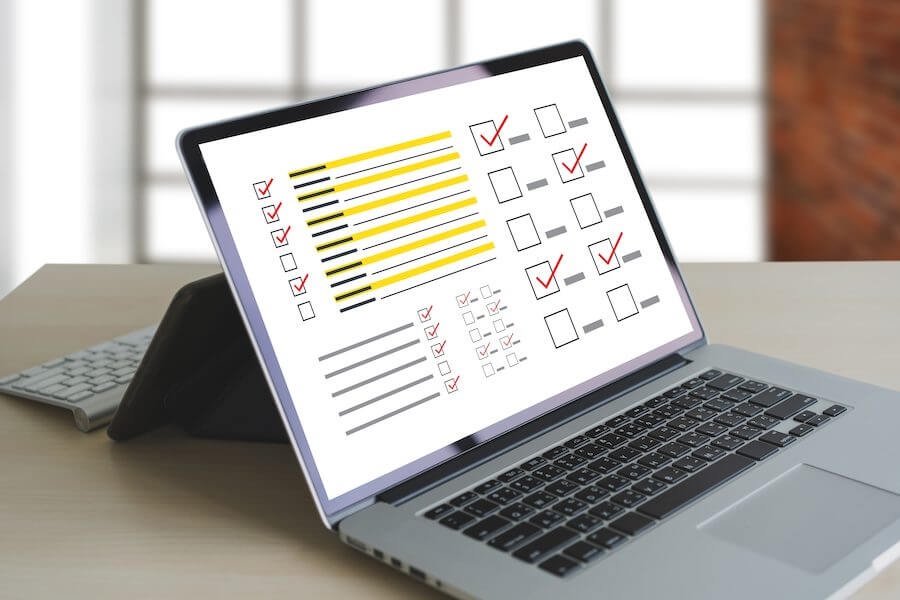All workplaces need to ensure that the environment is safe for employees and customers. It’s a legal requirement of both employers and self-employed people to identify any hazards, and this is done by doing a Risk Assessment.
What is a risk assessment? This is done by going through a workplace to determine if there are any hazards that exist, and how likely it is that they could harm people. Once the assessment is done, they need to take measures to prevent or control the hazard.
Who Should Do These Assessments?
It should be done by someone who has the experience to do so. This means having any combination of awareness, experience, knowledge, and training. Members of staff can be trained to do these assessments, or a professional assessor can be hired.
When Should It be Done?
This assessment should be done before processes or tasks are carried out, or as soon as possible with pre-existing and long-running processes. It’s also important that risk assessments be reviewed on a regular basis, depending on the level of it. For example, if a new process is started, or new substances are being used, a risk assessment should be done on a more regular basis.
The 5 steps
There are 5 key steps that need to be taken:
Step 1 – Identifying hazards
This means assessing anything that could potentially cause harm mentally, physically, chemically, and biologically.
- Physical hazards include machinery, noise, lifting, anything requiring an awkward posture, computer equipment, and things that can cause trips and slips.
- Mental hazards include long work shifts, bullying, an excessive workload, and dealing with customers who are demanding.
- Chemical hazards include the use of aerosols, asbestos, and cleaning fluids.
- Biological hazards include infectious diseases that employees may come into contact with, such as for healthcare workers.
Step 2 – Identify who and how
You next need to determine who may be at risk and in what way. This would include employees, both full and part-time, clients, agency workers, and clients. This means reviewing each area of the company’s daily work routines and equipment used.
Step 3 – Assess and take action
You need to determine the level of risk that each potential hazard can cause so that you can reduce it. High risk may require replacing equipment or making areas safer. A low risk may require that a notice is posted to warn people of the potential risk.
Step 4 – Record your findings
If your business has 5 or more employees, you are required to create a written report for the assessment. The report should have the details of the hazards, as well as what action has been taken to either eliminate or reduce the hazard. It is your proof that an assessment was done and can be referred back to when doing future assessments.
Step 5 – Review
It’s important to review an assessment to make sure workplaces and practices are kept safe, as well as to assess new machinery, workloads, and work practices.
Free Templates
A template is a pre-built framework that guides you through the process of evaluating and analyzing potential risks, helping you make informed decisions to mitigate them. By utilizing the templates provided here, you can save valuable time and effort while ensuring thoroughness and consistency in your endeavors. They are professionally designed and available in both Word and PPT formats, allowing for seamless integration into your existing documentation processes. Best of all, these templates are available for free download, enabling you to commence your assessment activities with convenience and ease.
Business assessment template

IT assessment template

Project assessment template

Security assessment template

Army assessment template

Audit assessment worksheet

Laws Around Risk Assessment
In the United States, there are penalties for not carrying out these assessments and reducing or eliminating hazards. It also makes the employer or business liable for any injuries or damage that could have been prevented as a result of having faulty equipment or unsafe areas.
Frequently Asked Questions
By law, you are required to carry out the assessment regardless of how many employees you have. If you have 5 or more employees, you are required to write the assessment. Less than five doesn’t need to be written.
Risk refers to the chances of a hazard causing you harm. Hazard refers to the thing that can cause actual harm.
Not carrying out a risk assessment leaves you liable for any injury caused in the workplace.











